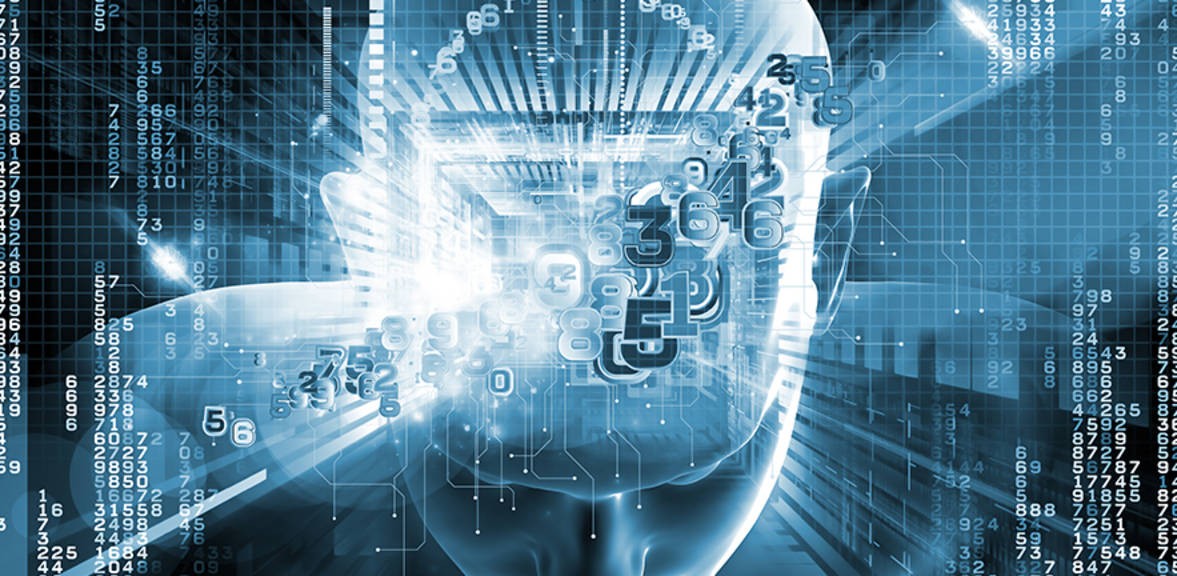Introduction to AI with Ansaf Salleb-Aouissi

Robotics and artificial intelligence will impact wide segments of daily life by 2025
The Emerging Technologies Consortium (ETC) proudly presented Ansaf, a Lecturer at the School of Engineering and Applied Science at Columbia University. Bringing her expertise in machine learning, artificial intelligence, medical informatics, and computer science, she will present the foundations of artificial intelligence and the impact on society in the not so distant future.
Intro - What is A.I.?
- Definition -
- the science and engineering of making intelligent machines
- A system that perceives its environment and acts accordingly
- AI has the potential to free up humanity for new tasks (like Industrial Revolution)
- 4 basic tenets:
- Think Humanly - currently, cognitive science and machine learning are distinct disciplines
- Alan Turing - imitation test
- Acting Humanly - imitating actions behaviors that we see in nature (flight)
- Thinking Rationally - Law of thoughts; logic, inference, derivations
- Acting Rationally - systems maximize goal achievement; best outcomes
- Think Humanly - currently, cognitive science and machine learning are distinct disciplines
- Applications - Alexa, Siri, Netflix/Amazon recommendations, ATM handwriting recognition, USPS ZIP code readers from 1990s
- machine translations have grown and improved since they first began; tap into large neural networks of language data
- Robotics
- search engines ranked listings
- email filters (SPAM)
- face detection for smartphone cameras
- facial recognition
- medical imaging (mammograms)
- Chess - IBM Deep Blue
- Jeopardy - IBM Watson
- AlphaGo
- Autonomous driving - DARPA Grand Challenge
- AI foundation is quickly becoming cross-disciplinary
- History
- 1940's-50's; boolean circuits; Alan Turing
- 1950-1970 - great enthusiasm, high expectations; emphasis on language translation; checkers
- 1970-1990 - expert systems, AI as an industry
- 1990's to present - Neural networks, intelligent agents, scientific rigor in R & D
AI Agents - initial uses and applications
- Rational
- Search agents - goal oriented; learning outcomes of potential actions
- Pathfinders (point A to point B)
- Adversarial search (games w/ opponents who we can't control)
- Constraint satisfaction
- Search agents - goal oriented; learning outcomes of potential actions
- Logical agents
- Reinforcement learning
AI and Machine Learning
- using data as inputs to solve problems/write programs
- programs learn from experience without specifying the rules to solve the problem
- data is used to identify patterns
- statistics are used to analyze data and make predictions
- Supervised learning (labeled data)
- Unsupervised learning (unlabeled data)
- Training and Testing
- Training set
- ML Algorithm
- Model (f) - how can we be confident in (f)?
- Neural Networks
- Perceptron
- Deep Learning
Challenges and Potential
- can AI assist in achieving better broad social outcomes?
- what is the impact on Jobs, cities, politics?
- autonomous weapons?
AI and Inclusion
- How can we develop AI that can allow for a more inclusive society?
- Develop knowledge; the digital divide may increase with AI
- Decipher - current Neural network black box models need to evolve into more transparent, explainable, unbiased, interpretable outcomes
- De-identify- protect privacy; avoid stigma
- De-bias - ensure fairness; avoid profiling, exclusion; data itself can have a bias (baby vs. black baby)
Ansaf has published several peer-reviewed papers in high-quality journals, conferences, and books including TPAMI, JMLR, ECML, PKDD, COLT, IJCAI, ECAI, AISTAT and machine learning in healthcare MUCMD. She recently received a National Science Foundation (NSF) award to study the prediction of preterm birth, and a grant from Pearson Education to advance research on online self-learning. She co-authored the open source software QuantMiner for mining quantitative association rules used by professionals and in academia.